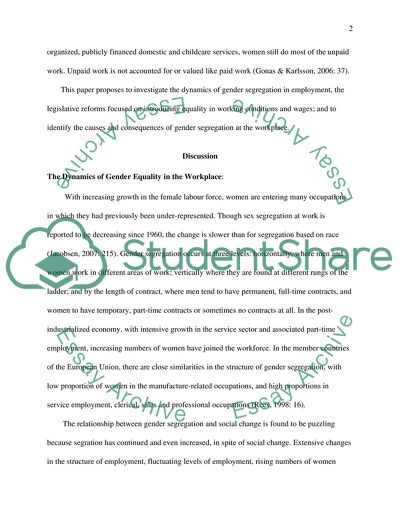Cite this document
(The Causes and Consequences of Gender Segregation in Employment Essay, n.d.)
The Causes and Consequences of Gender Segregation in Employment Essay. https://studentshare.org/human-resources/1711596-social-science-title-women-and-employment-question-consider-the-causes-and-consequences-of-gender-segregation-in-employment
The Causes and Consequences of Gender Segregation in Employment Essay. https://studentshare.org/human-resources/1711596-social-science-title-women-and-employment-question-consider-the-causes-and-consequences-of-gender-segregation-in-employment
(The Causes and Consequences of Gender Segregation in Employment Essay)
The Causes and Consequences of Gender Segregation in Employment Essay. https://studentshare.org/human-resources/1711596-social-science-title-women-and-employment-question-consider-the-causes-and-consequences-of-gender-segregation-in-employment.
The Causes and Consequences of Gender Segregation in Employment Essay. https://studentshare.org/human-resources/1711596-social-science-title-women-and-employment-question-consider-the-causes-and-consequences-of-gender-segregation-in-employment.
“The Causes and Consequences of Gender Segregation in Employment Essay”. https://studentshare.org/human-resources/1711596-social-science-title-women-and-employment-question-consider-the-causes-and-consequences-of-gender-segregation-in-employment.


